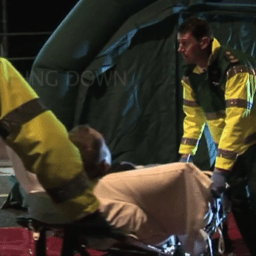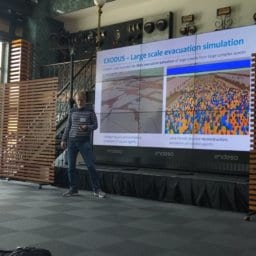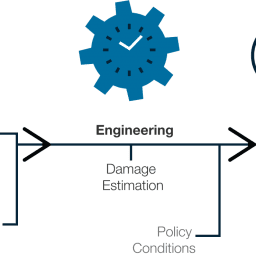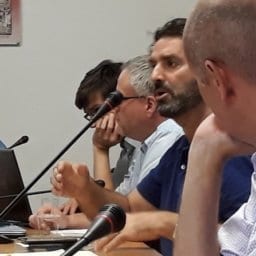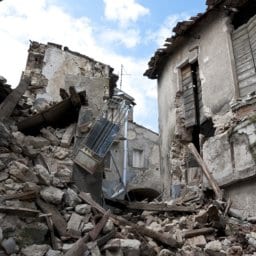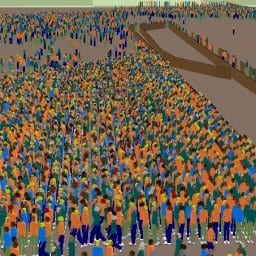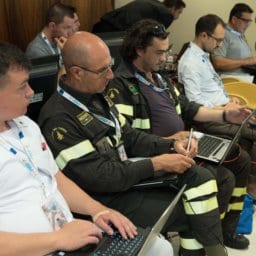Getting to grips with GRIP – Gecoördineerde Regionale Incidentbestrijding Procedure
The first hours of a disaster response can be critical to the outcome of the disaster, and can be the most chaotic. Good cooperation and collaboration between the different emergency services is essential to ensure a positive result for emergency responses.
GRIP Gecoördineerde Regionale Incidentbestrijding Procedure [translates as Coordinated Regional Incident Handling Procedures] is a system used in the Netherlands that measures the scale of emergencies from 1 to 5 depending on their size and impact. It aims to improve the responses to disasters in immediate emergency response and in policy implications of incidents. The scale is used as a way of coordinating responses of emergency services across the country’s 25 Safety regions. Each level corresponds to the severity of the emergencies and the services involved.
Grades of the GRIP scale are determined by
- size of the area affected
- level of danger
- impact on people
As the severity of the disaster increases through each level, different levels of governmental authorities are involved. These range from officers of local emergency services, local municipal mayors up to the Minister of the Interior. As incidents move up in severity the lower-level coordinating teams remain in place, and the governance shifts up to a higher level.
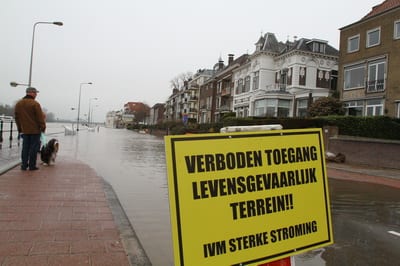
GRIP 1
The first level, categorises small incidents involving local emergency services, typically a combination of the police, the fire service, civil services and the emergency medical services. This level is coordinated by one leader, usually an officer of the fire department at local level, and the mayor of the affected area is notified. An example would be a small fire requiring coordination between local emergency services.
GRIP 2
The second level, describes an incident that affects areas beyond its initial location. Coordination of the emergency services is centralised. Besides the operational team at the incident location, a policy team is in position to manage the effects of the incident beyond the incident location. The commander-in-chief of the policy team decides on the course of action after the initial emergency response.
GRIP 3
The third level, refers to an incident where larger political or managerial issues arise. This means the mayor of the city is involved, and initiates a municipal policy team, besides the operational team and policy team which are already in action. This municipal policy team focuses on managerial dilemmas, damage control, crisis communication and ensures the mayor is available for citizens in need.
GRIP 4
At this level, more than one municipality is affected by the disaster. The chairman of the Safety region, the mayor of the largest city of the Safety region, coordinating the response and leads the policy team in which all the mayors of the affected municipalities have a seat. GRIP 4 can be classified as a disaster or a disaster on the horizon.
GRIP 5
The highest level, it is similar to GRIP 4 except that multiple regions and other countries may be affected by the disaster. In these larger incidents the National Coordination Centre is involved. It acts as the international point of contact, when other countries are involved. GRIP 5 is also classified as a national disaster, which requires the involvement of the Minister of Interior.
Written by IN-PREP partners VRIJsselland‘s Sandra Oude Roelink and Gerwin de Groot.
VRIJsselland will organise and run the massive flood TTX (table top exercise) in October 2019, focusing on adaptation of C2. They actively participate in 3 work packages supporting the end users/stakeholders recruitment process and the end user requirements and editing the IN-PREP Crisis Management Handbook. VRIJ recently participated and shared their insghts and knowledge at the DAREnet Annual Practitioner Forum on Flooding. Watch members from the VRIJ team talk about Key gaps in Crisis Management and Preparedness.
VRIJsselland or Safety Region IJsselland (SRIJ) is one of the 25 regional safety regions in Netherlands set up under the direction of the Ministry of Justice and Security to improve disaster and crisis management. VRIJ is based on the net-centric principle of extended local government.
For more about policy in the aftermath of a disaster, read J Kotilainen’s article on the dynamics of disaster response: how to ensure policy learning in the aftermath?


